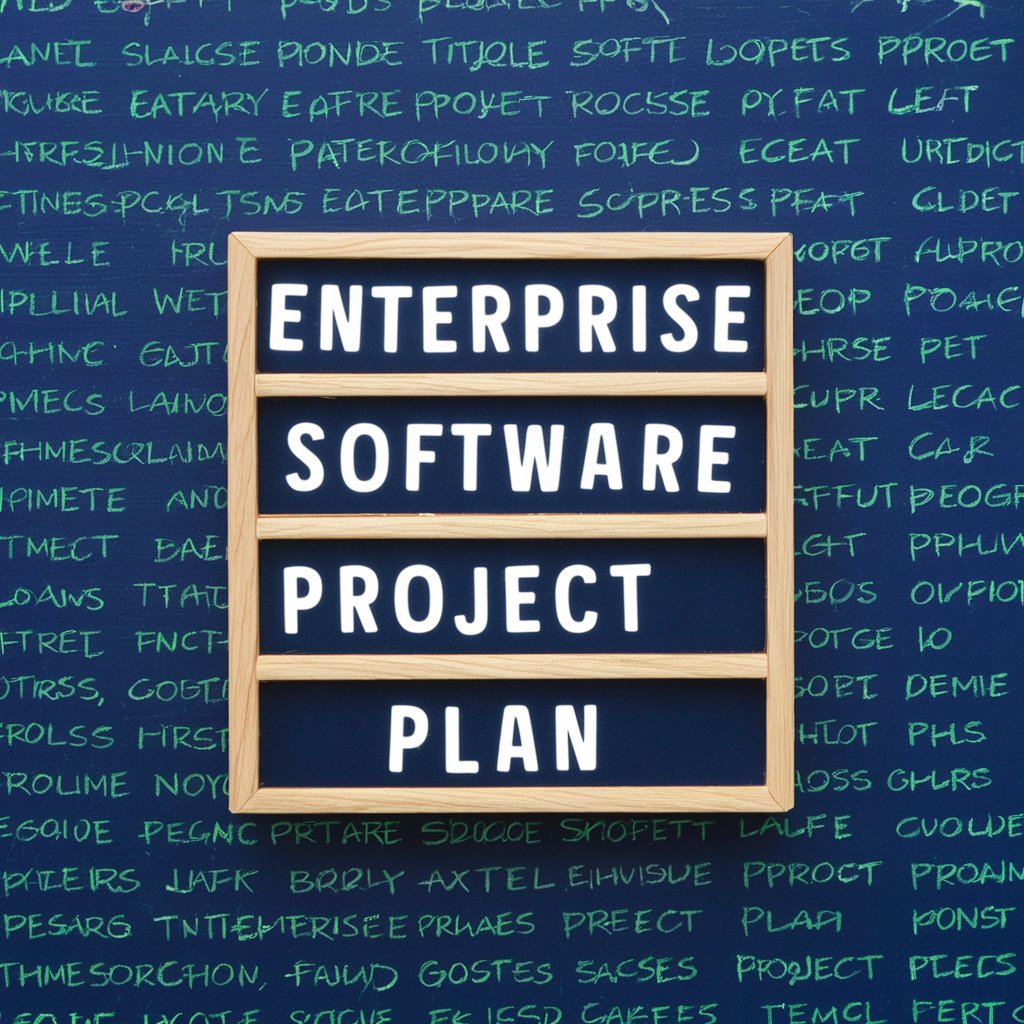Adopting an enterprise software system can significantly enhance operations for SMB manufacturers and distributors. However, the journey from the blueprint to go-live is filled with numerous challenges and critical decisions.
The right enterprise software services can significantly enhance the efficiency and productivity of your operations. This guide will explore the essential steps involved in planning and executing a successful enterprise software project. The focus is specifically tailored to the needs of SMB manufacturers and distributors.
Defining Resources and Tasks for the Project
The initial phase of any enterprise software project involves outlining the resources and tasks. This involves identifying all the necessary components. Assigning specific roles to team members is crucial. What resources are needed? Who will be responsible for each task?
These questions help set a clear roadmap for the project. A well-defined plan ensures everyone is on the same page and helps prevent misunderstandings and overlaps. Clear task allocation is the foundation of a successful project.
File Layouts, Data Analysis, and Record Conversion
Data is the backbone of any enterprise system. Properly analyzing existing data and converting it into a new system is crucial. This step includes designing file layouts that match the latest software’s requirements. Ensuring that all data is accurately transferred is key.
Why is data conversion important? Without it, critical information could be lost. This loss could lead to operational disruptions. Accurate data conversion ensures a smooth transition.
Defining Assessable Goals
Setting clear, measurable goals is essential for tracking progress. These goals might include hardware inspection and cutting over to the new system. Eventually, going live is the ultimate goal. By defining these milestones, the project team can ensure that each phase is completed successfully.
Setting Deadlines and Delegating Responsibilities
Deadlines are vital for keeping the project on track. Setting realistic deadlines for each phase ensures smooth progress. Additionally, delegating responsibilities to specific individuals helps maintain accountability.
Custom Programming and Report Design
Sometimes, off-the-shelf software solutions must be customized to meet specific business needs. This might involve custom programming. Designing unique reports can provide valuable insights into business operations. Why is customization necessary?
It guarantees that the software is tailored to fit the distinct processes of the business, ensuring it meets particular organizational needs. Customization enhances functionality. Tailored solutions drive better outcomes.
Assessing and Defining Training Needs
Training is crucial in the successful implementation of any software. Assessing the training needs of staff ensures effective use of the new system. What training will be required? This might include hands-on workshops, online tutorials, or one-on-one coaching sessions.
Proper training minimizes the learning curve, enhances overall productivity, and allows well-trained staff to make the most of the new system. Effective training leads to smooth transitions.
Training, Trial Run, and Testing of Data
Before going live, it’s essential to conduct a trial run and test the data. This step helps identify any potential issues. Ensuring that the system functions correctly is crucial. What happens during a trial run?
The team can simulate real-world scenarios, verifying that the software performs as expected. The testing phase is crucial for identifying bugs and resolving inconsistencies.
Cut-Over and Reconciliation
The final step in the project plan is the cut-over to the new system. This involves switching from the old system to the new one. Reconciling any data discrepancies is essential. Why is reconciliation important?
It ensures that all data has been accurately transferred. This accuracy ensures the new system is fully operational. The cut-over marks the culmination of the project. It sets the stage for ongoing success.
Navigating the project plan for harnessing enterprise software services for SMB manufacturers and distributors requires careful planning, clear communication, and meticulous execution. By following these steps, businesses can ensure a smooth and successful implementation.




